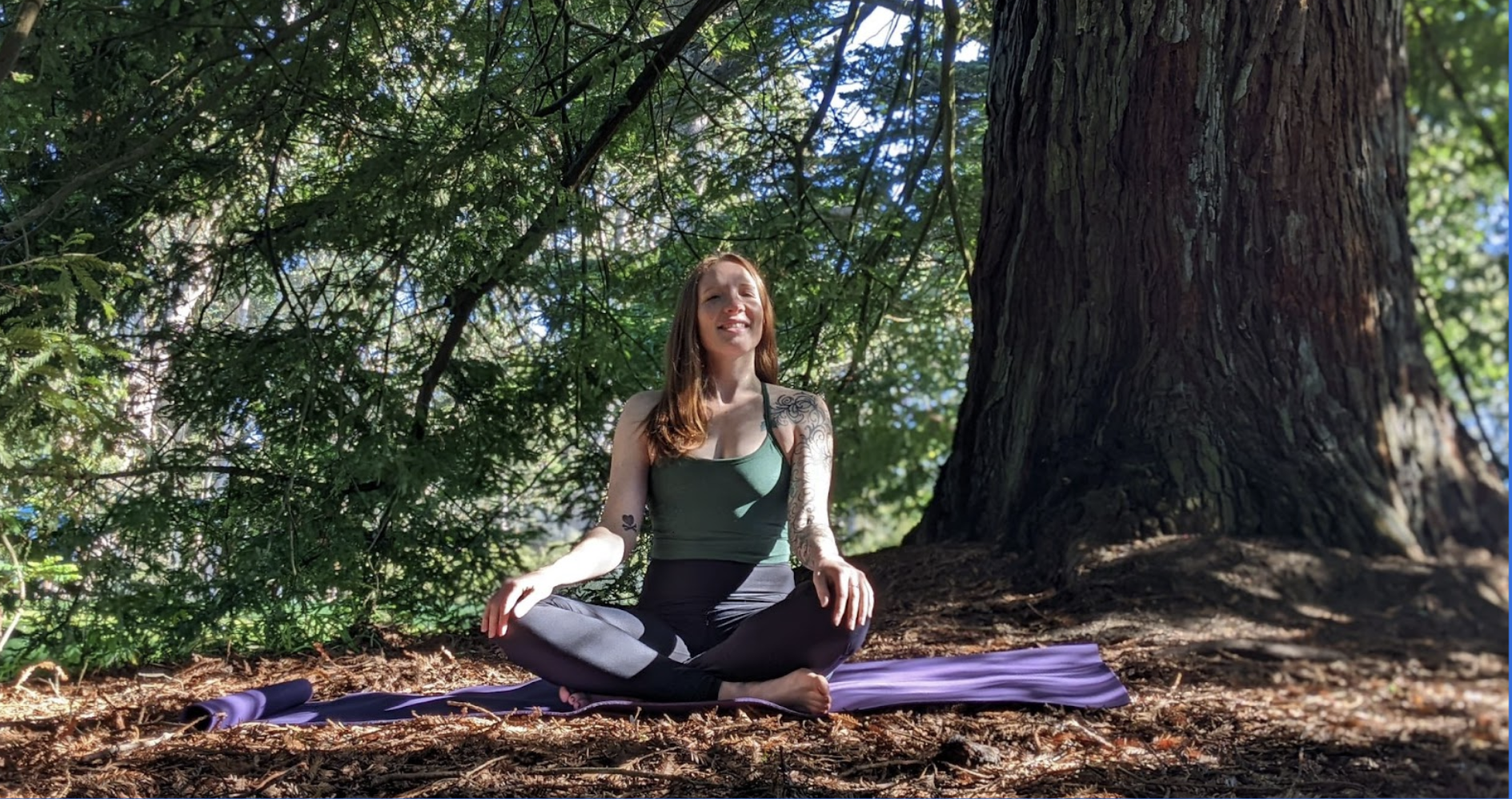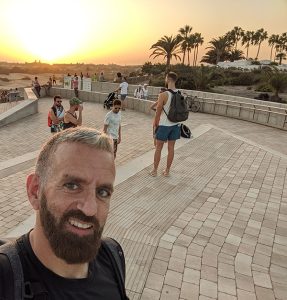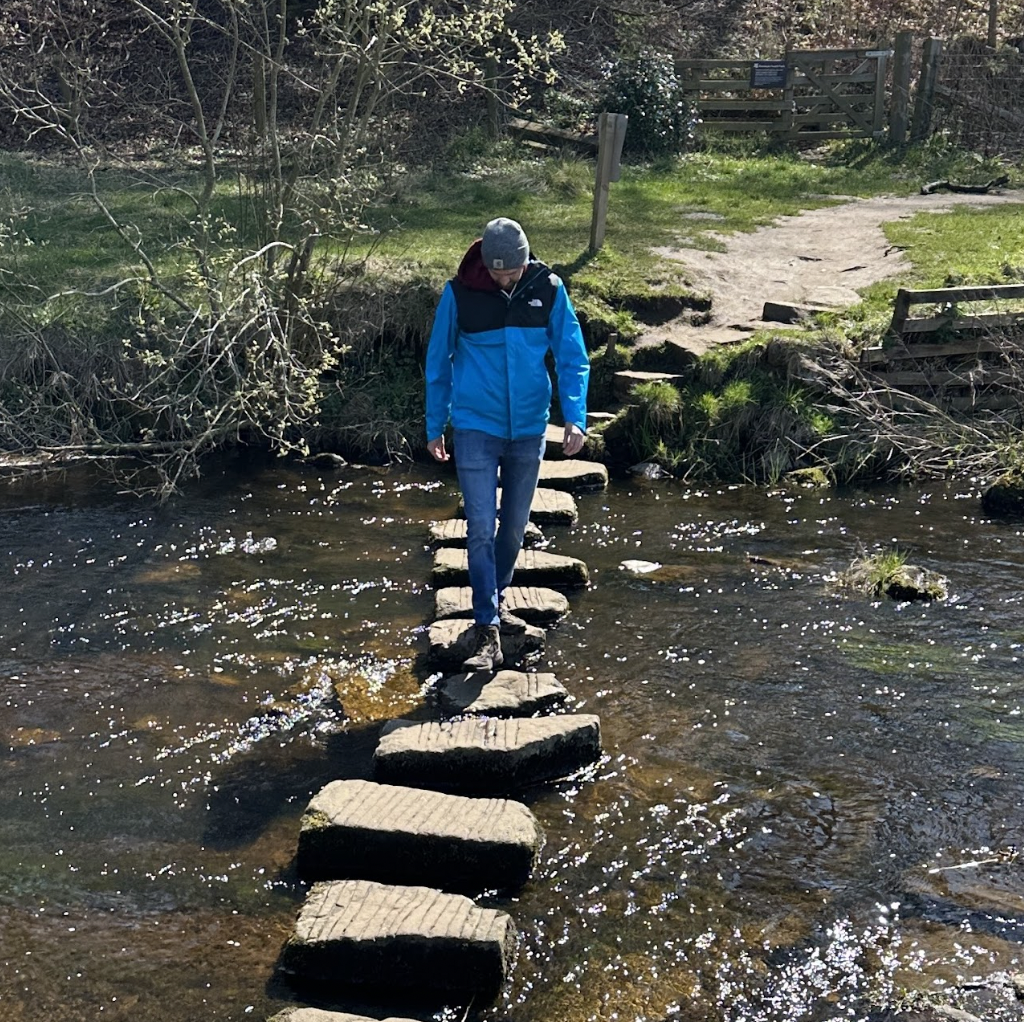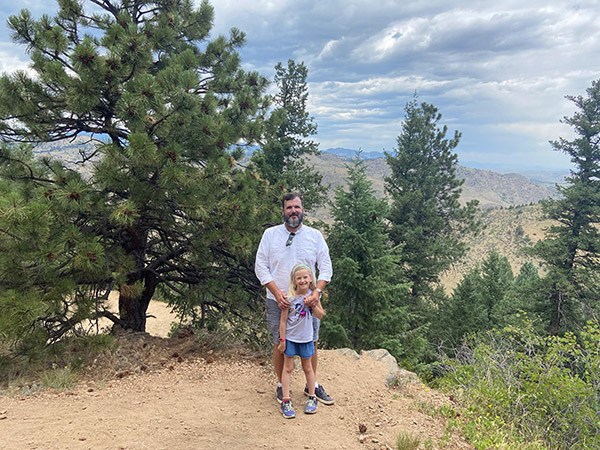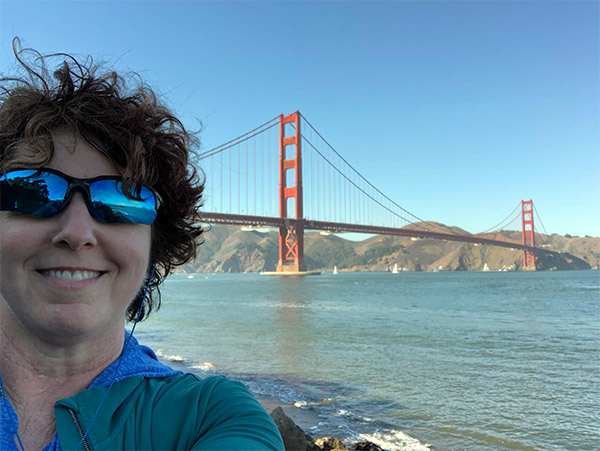What is Website Copywriting?

Your website is your organization’s front door to the world. It is your primary storefront, your brand’s first impression, and your digital headquarters for visitors looking for more information about you.
The text on that website is known as “copy,” and the act of creating that copy is called “copywriting.”
Website copywriting is much different than blog copywriting, case study copywriting, or any other copywriting. It must be informative but still welcoming. It must be clear but still engaging. It must help visitors navigate your website while maintaining your brand voice. It comes with its own unique set of objectives, difficulties, and considerations, all of which must be skillfully handled if your website is to be successful.
Why Is Website Copy Important for Your Business?
Strong website copy is vital for your business for a number of reasons. Let’s take a look at some of the most strategically important.
Website Copy to Support Your SEO Strategy
One of the biggest reasons to take your website copy strategy seriously is the search engine optimization (SEO) benefits your organization can leverage.
SEO is a list of processes and optimizations aimed at improving your website’s visibility in popular search engines like Google. That’s right: Google doesn’t just choose the best websites to present to you first; it shows you the most optimized, based on its own internal algorithm and ranking criteria. SEO is designed to game that algorithm and those criteria by purposefully appealing to what it likes. The result? Your website appears higher, earlier, and more prominently whenever someone searches for keywords related to your business.
A number of factors affect your website’s SEO performance, including (but not limited to) copy length, frequency of inbound and outbound hyperlinks, number of paragraphs, headers, and subheaders, and, most importantly, the keywords you use within those headers, subheaders, and throughout your website copy.
When thinking about your website content writing, you should begin with these SEO considerations in mind. Create a list of your most important, valuable, and potentially successful keywords before the writing begins. Map out your headers and subheaders, and break them into easily digestible sections that include your keywords. Make sure your copy doesn’t use too many long, run-on sentences and remains clear, concise, and easily readable.
By keeping SEO top-of-mind when performing your website copywriting, you can ensure that it not only conveys the necessary information to your customers, but performs the double-duty of boosting your search engine performance, as well. It will help more customers find you, and help them get to know you once they do.
Website Copy to Improve User Experience (UX)
Of course, for many visitors, your website copywriting will be their first interaction with you, and their first impression of you. That’s why understanding what makes good UX copy, and how to use your website copywriting to improve the user experience, is so important.
First, good UX copywriting should be clear and easy-to-read. It should make it easy for visitors to quickly understand who your organization is, what products and services you offer, and why they should work with you. Think of UX copy as your website’s street signs; it should help visitors understand where they are, and how to get where they want to go.
Speaking of street signs, your website copywriting should do its part to help guide users through your site’s navigation and structure. Clearly named and labeled headers and subheaders make it easier for users to find the information they’re looking for, and help limit frustration and the likelihood that they’ll navigate away. Similarly, concise, informative text will help them understand what each page is about and how it fits into your overall brand narrative.
Of course, a well-mapped journey is ultimately about helping travelers get to their destination: conversion. Whether your goal is to have visitors complete a purchase, register for an event, or fill out a form, clear call-to-action (CTA) copy removes many roadblocks to that conversion and helps make the journey from visitor to customer (or member, or subscriber) that much smoother.
Website Copy Best Practices
Here are some best practices to keep in mind to ensure your website copy is the best it can possibly be.
1. Use clear language. Many organizations get bogged down in their own jargon, using terms and ideas that may be familiar to their internal teams, but totally unknown to outsiders. Keep it simple.
2. Know your audience. Who are your website visitors? Are they industry experts looking for reassurances about your own expertise? Are they shoppers looking for the fastest way to buy the product or service they want? Are they working professionals looking for help with their most common pain points? These questions will help you decide what kind of website copy will be most effective.
3. Use headers and subheaders to break up your content. Not only does this make your copy itself more easily digestible, but it also makes your copy more quickly scannable and searchable by readers, improving the odds that they will be able to find what they’re looking for.
4. Make pages and menus easy to navigate. Use language that makes it very clear where different information is located, and how to find it. This is one of the pillars of strong UX copy.
5. Write with your SEO strategy in mind. With many visitors likely using search engines to find your website, understanding your top SEO keywords — and how to optimize your website copy for length, format, and structure — will ensure that SEO performance is baked into the very fabric of your website copy from day one.
Do You Need a Website Copywriter?
The decision whether or not to hire a website copywriter is an important one. We recommend considering these 5 questions:
1. Do you feel comfortable that anyone in-house knows how to write good website copy?
2. Does anyone on your team have extensive (thousands of hours) experience with website content writing?
3. Do you know how to write clear UX copy, and what differentiates UX copy from other types of website copywriting?
4. Do you know how to use website copywriting to support, guide, and advance your overall SEO strategy?
5. Do you have the time to learn these skills in addition to your existing job responsibilities?
If the answer is “probably not,” there’s good news! Expert copywriters like the team at Wordsmithie are here for you. We’re ready to help you plan out your goals for your website copy, understand what’s required to accomplish them, and then deliver clear, engaging, fantastic website content tailor-made to make your website stand out from the noise and do more for your organization.
Ready to get started with your dream website copywriting team? Get in touch!























